Coventry’s Answer, Calcutta’s Gain
Images: Ambreen Hossain & Deepanjan Sarkar
Once in a rare while, a genius is born—an inventor, innovator, and engineer. Their names were Frederick, Frank, and George Lanchester, collectively known as the ‘Unholy Trinity’. They are more famously recognized as the Lanchester Brothers, who, in the late nineteenth century, founded the Lanchester Engine Company. This company would go on to create England's very first truly British car, according to automotive historians. The Lanchester Engine Company, while renowned for its technical excellence, was never known for producing the flashiest cars; they didn't strive for cars that were considered ‘over the top’.
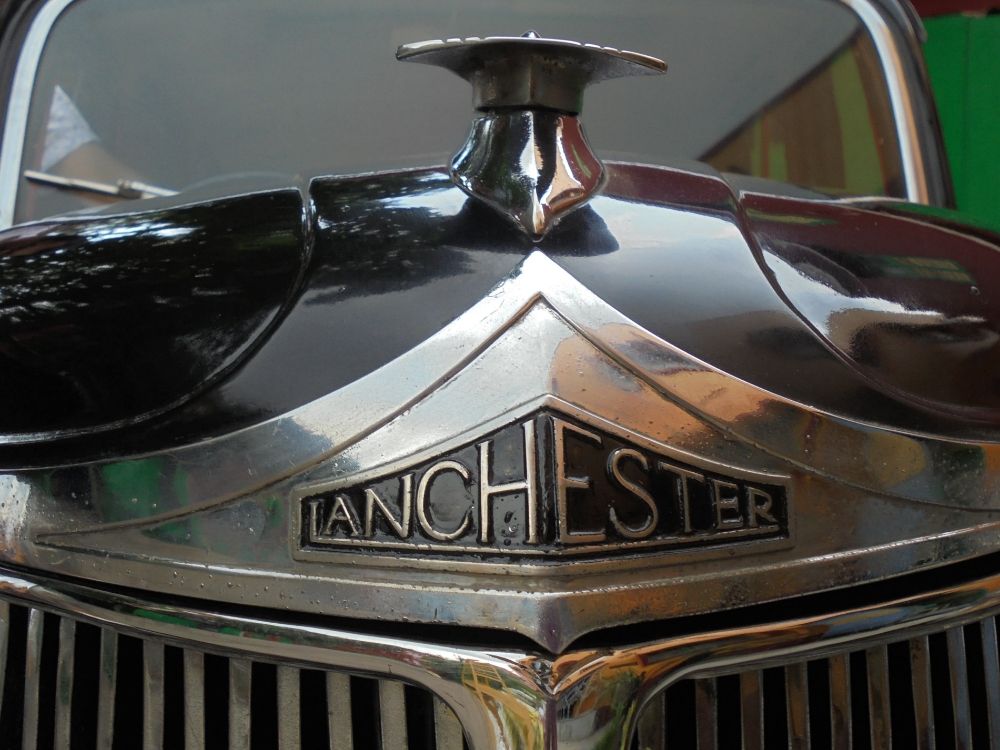
The Lanchester Brothers amassed a staggering number of patents that continue to boggle the mind to this day. Unfortunately, like many businesses, the company couldn't weather the storm of the Great Depression during the Roaring Twenties. In 1933, it was acquired by another esteemed brand, the Birmingham Small Arms Company (BSA). The BSA board, in their wisdom, transformed Lanchester into a ‘compact Daimler’ and made it a subsidiary of the Daimler Company. As they say, money talks.
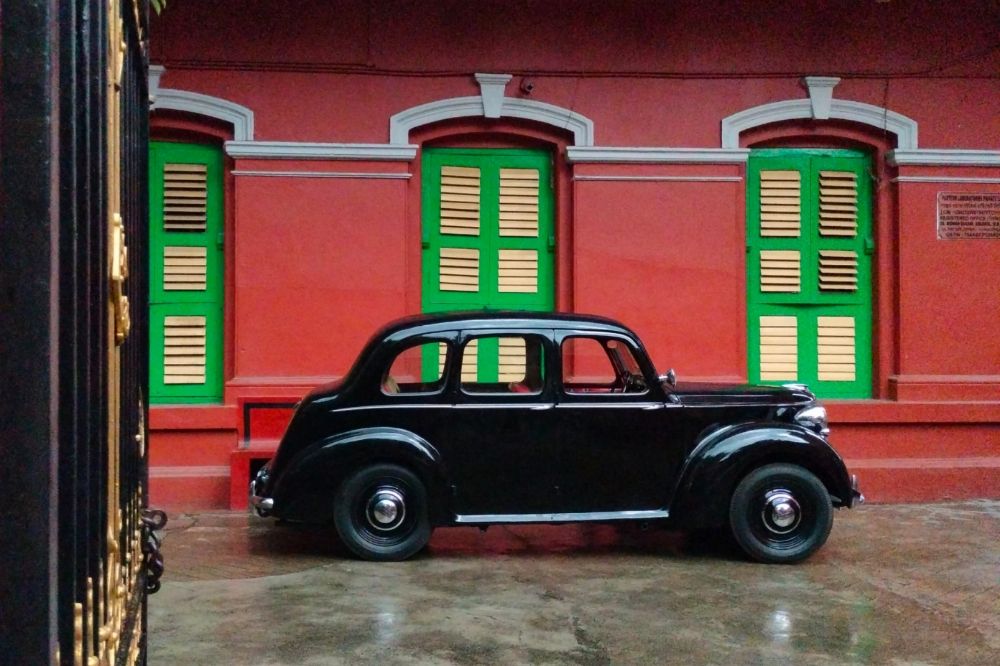
We cannot confirm whether the Lanchester brothers ever set foot in Calcutta, once known as the ‘second city of the British Empire’. However, vehicles bearing their name were a common sight in the pre-World War II era.
After the war, their presence dwindled, but it's worth noting that the Archbishop of Calcutta once used a Lanchester LA 10 as his official car, sporting a livery in ‘cardinal red’. In 1946, an English employee of the Commonwealth Office imported a Lanchester LD10 to Calcutta. The ‘10’ in its name was primarily for tax purposes, not an indication of its engine power.
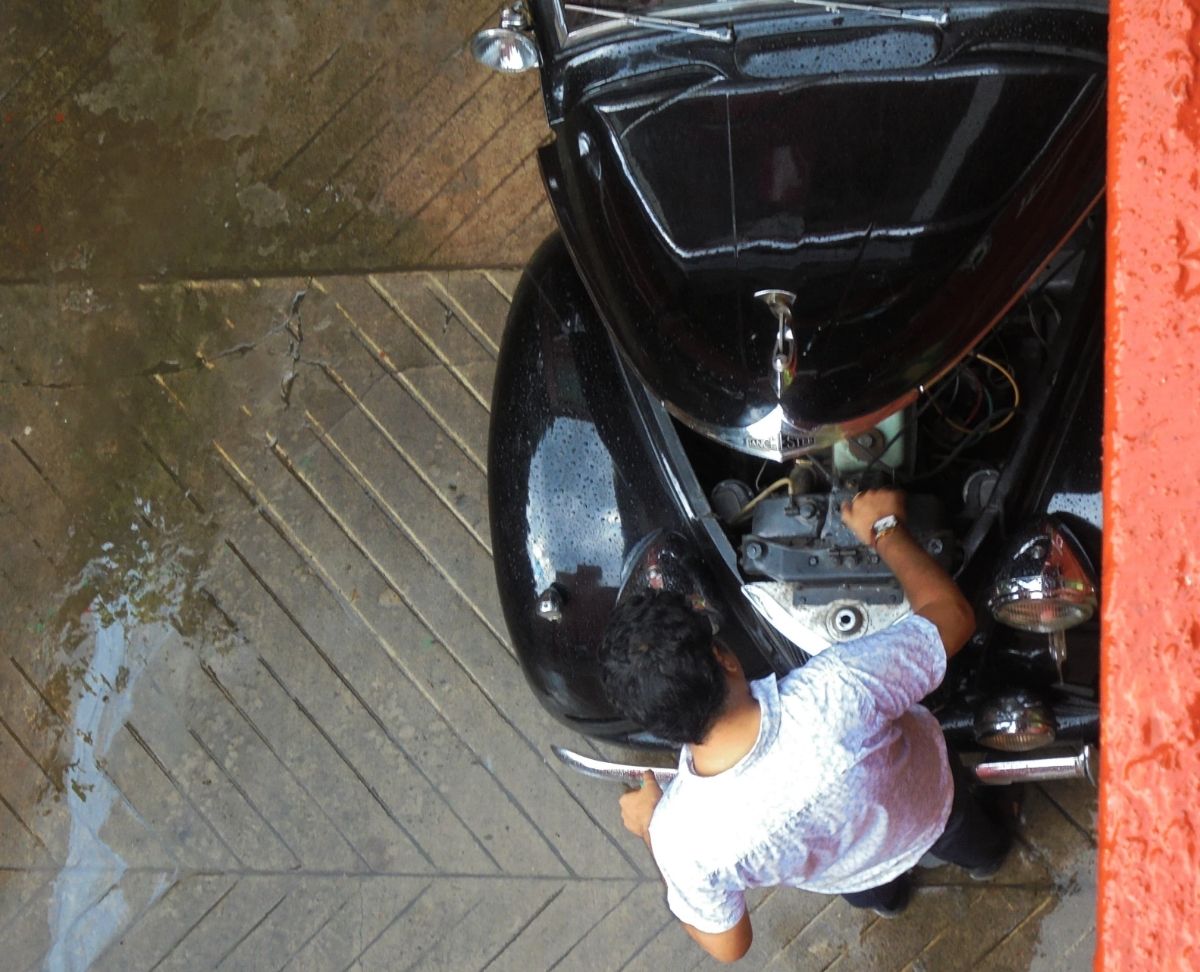
This LD10 was crafted at the renowned Coventry Works. It boasted a chassis number L60050, a Phase I model with a Brigg's saloon body, a 1.3-liter 4-cylinder in-line engine, and the well-known Wilson ENV 75 pre-selector gearbox. At the time, this car was praised for its ‘exceptionally smooth’ performance and a respectable 40 BHP.
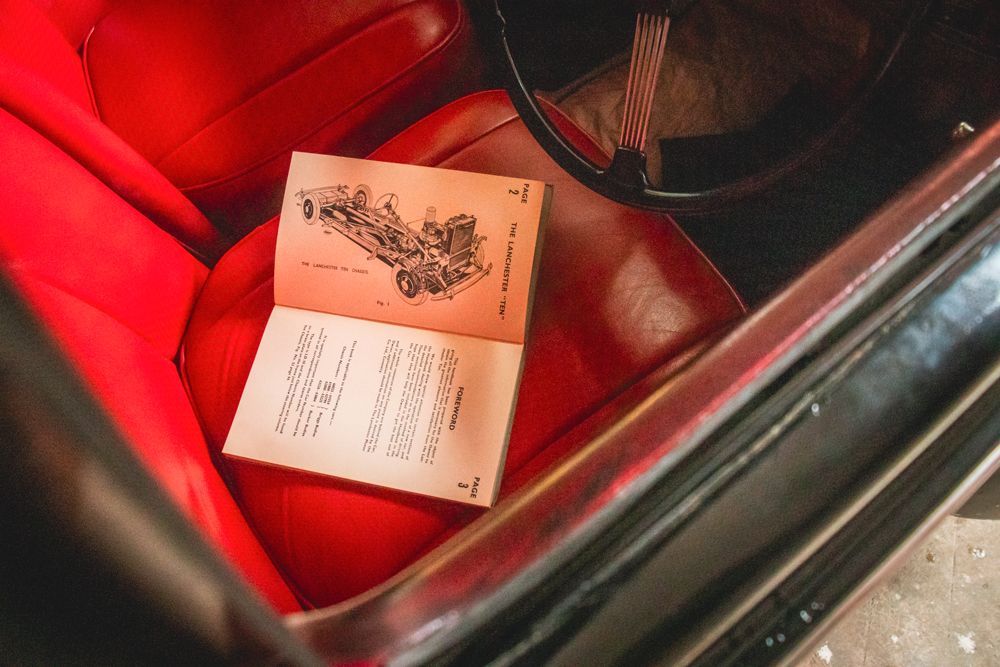
A year later, this LD10 changed hands and found itself in the possession of the late Murari Churn Law, a scion of an old landed family in Calcutta with a deep affection for fine cars and the good life. Over the years, the family's fortunes fluctuated, and their car collection was gradually sold off, with one notable exception—L60050. This car sat, neglected and partially dismantled, on blocks for over 40 years, a true automotive miracle.
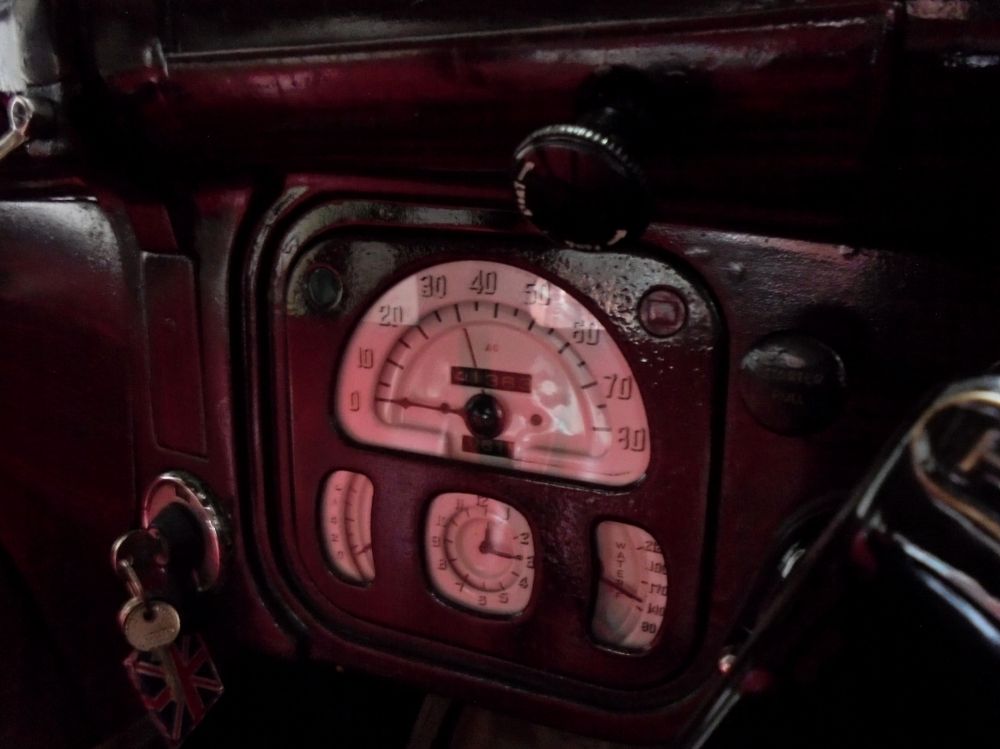
Every so often, a dedicated car enthusiast emerges, driven by a unique quest—rescuing rare British marques from the clutches of ‘businessmen’. They possess a rare passion and a remarkable ability to breathe new life into decaying and unwanted vehicles, restoring them to their former glory. They believe cars belong on the road, not hidden away in vast collections, as is popular today.
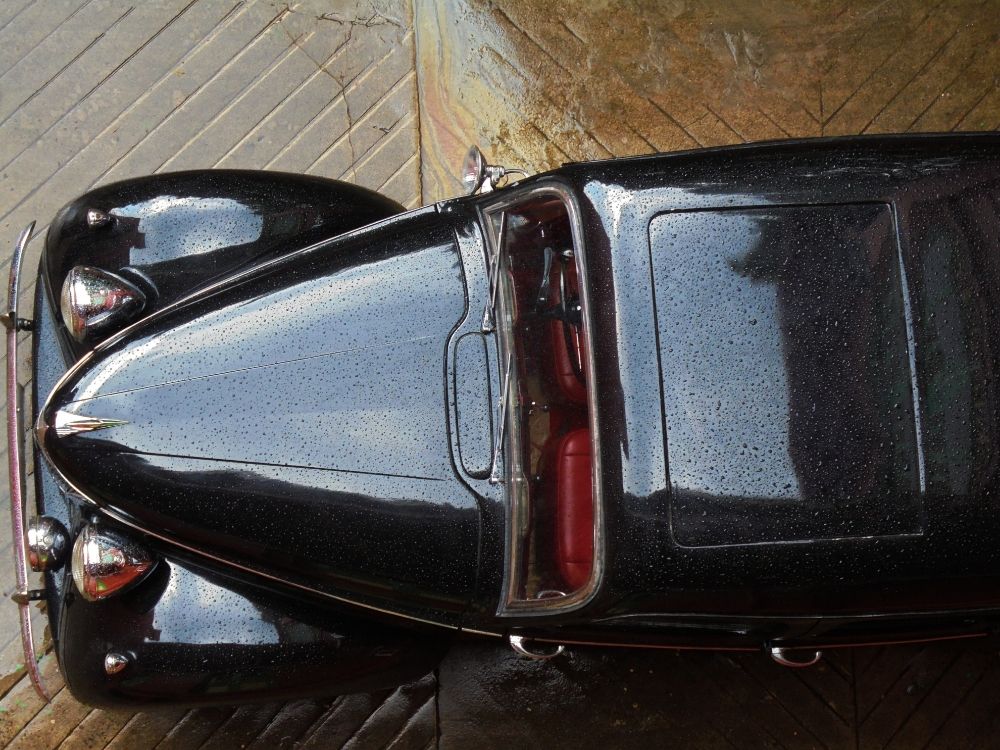
Amitava Saha is one such individual, a Gentleman Restorer hailing from the now less fashionable northern part of Calcutta, rebranded as ‘Kolkata’. Amitava isn't lured by the flash and glitz of Porsches or Lamborghinis. His heart beats for Lanchesters, Jowetts, Beans, and the like, hidden treasures waiting to be uncovered. For years, he had known about the LD10, patiently earning the trust of the family guarding this hidden gem.
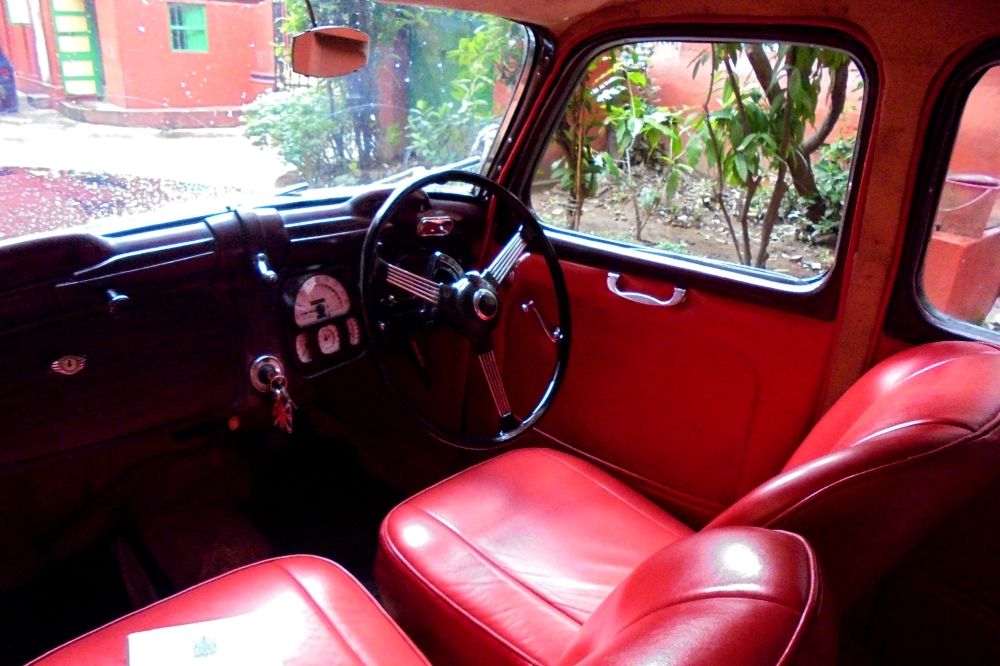
Then, on the 18th of May 2018, fate smiled upon him. The Lahas reached out to Amitava and entrusted him with ownership, with just one condition—never sell it to a member of the ‘Crook's fraternity’. Amitava wasted no time, bringing his newfound treasure home. Little did he know that the real challenge lay ahead.

Amitava was no stranger to restoring old cars, understanding the intricate dance from stage 1 to stage 2. However, he soon discovered that there were barely any instructions to follow. Various transient mechanics and tinkerers had dismantled most of the mechanical components, including the crucial Fluid Coupling and the Wilson pre-selector gearbox.
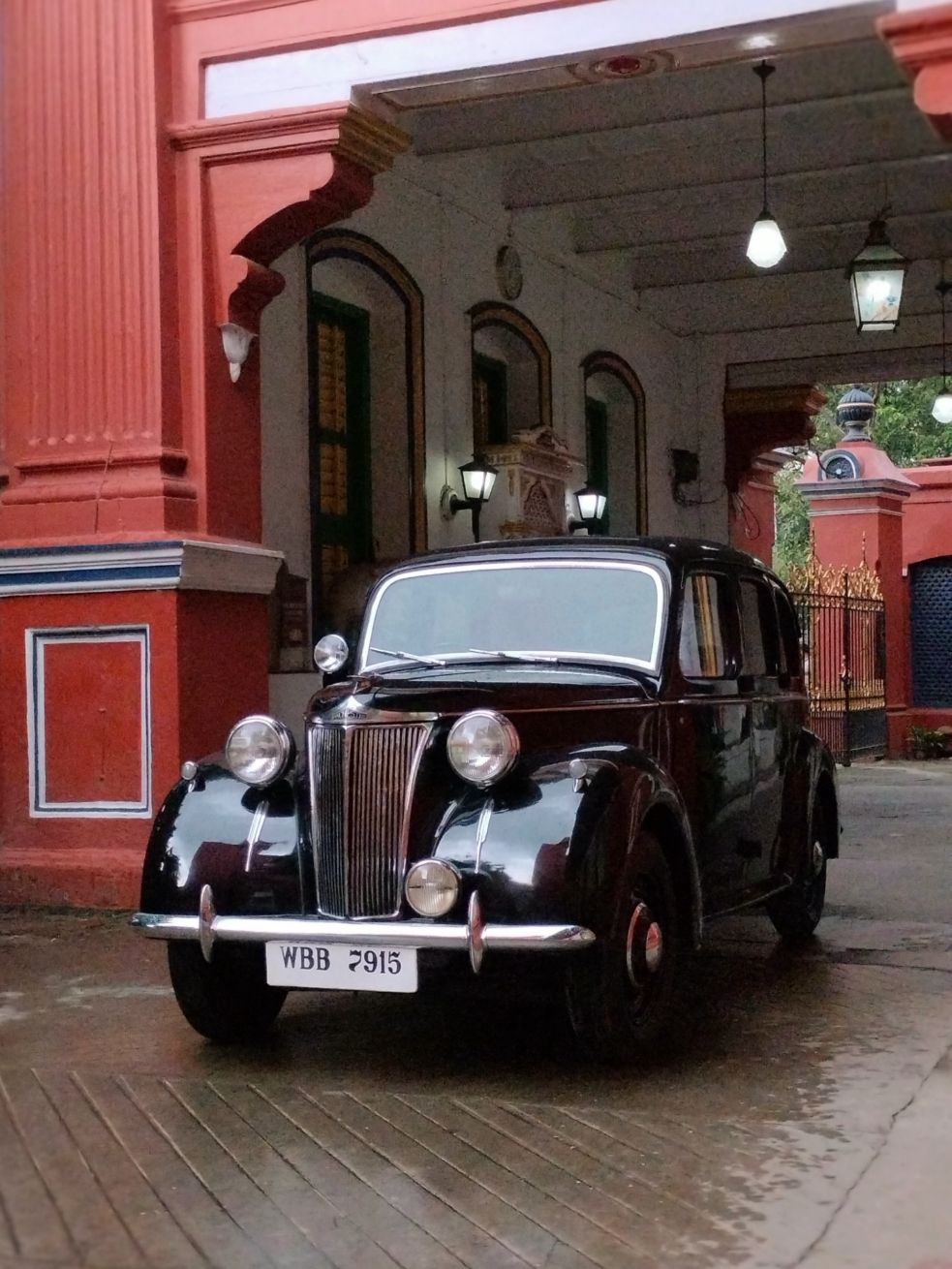
Amidst his despair, fortune once again smiled upon Amitava, connecting him with the DLOC (Daimler Lanchester Owners' Club) in far-off England. Perhaps the gods also have a soft spot for classic British marques, as they led him to the late Adrian Hanwell. For unknown reasons, Adrian chose to guide Amitava, supplying him with the necessary parts sourced from around the world.
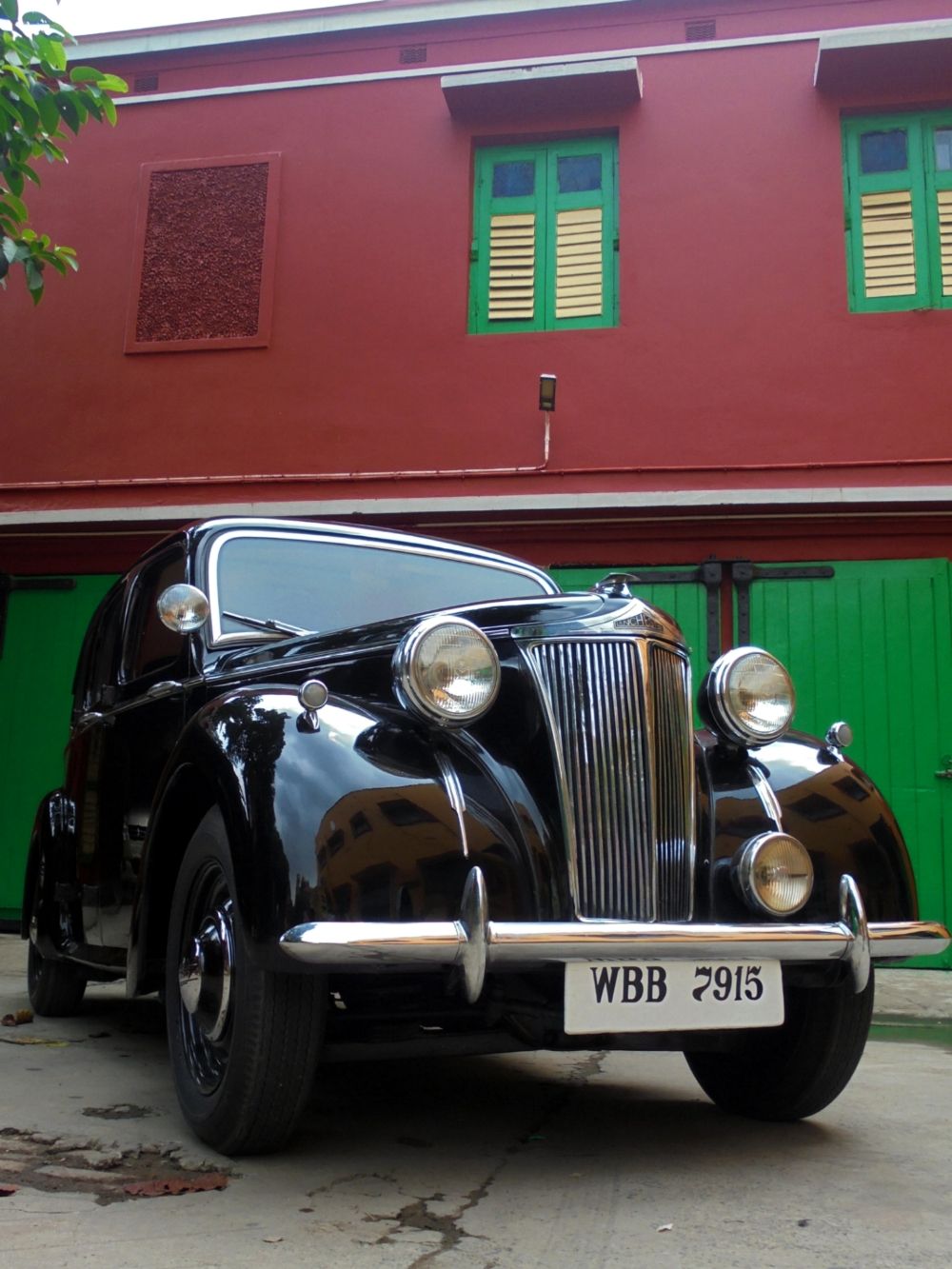
After painstakingly sourcing all the components, including the cumbersome Daimler Fluid Coupling, the engine was finally completed after three and a half years. Exhausted but determined, Amitava pushed the starter button. The gods smiled once more as Chassis number L60050 roared to life on the first try. Fred and George Lanchester would be proud; there was no smoke, no bangs, and no strange noises—true class always shines through.
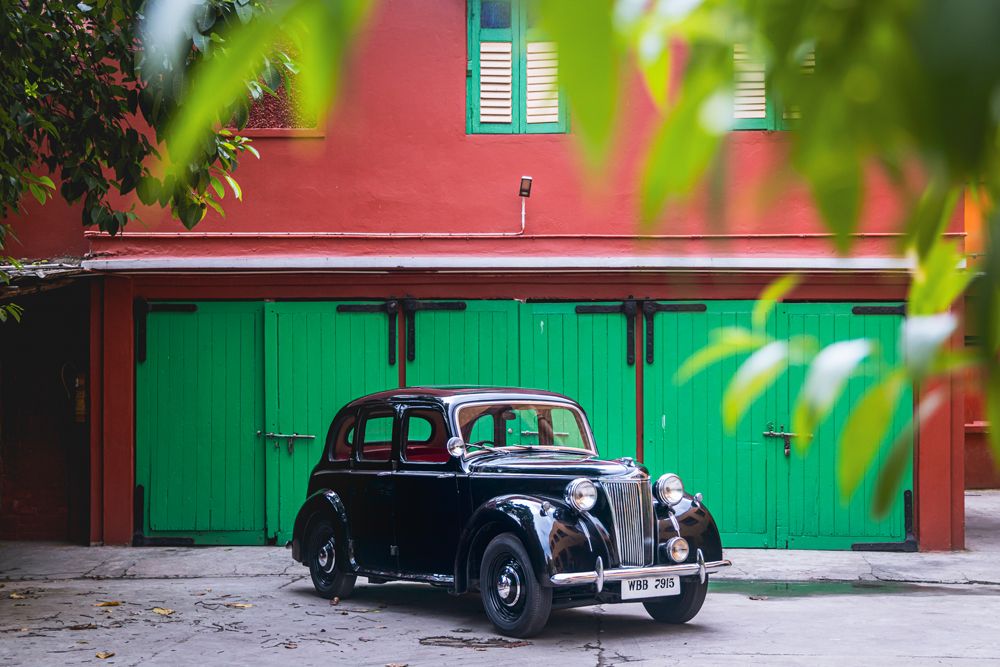
With the engine purring, an elated Amitava moved on to Phase Two, carefully removing the body from the chassis. He meticulously overhauled the frame, restored the Daimler-patented suspension, reassembled the Wilson EN75 gearbox (a process that typically involves a mix of prayer and profanity), and converted the brakes back to the original Girling Mechanical Brakes. Next up was the cosmetic restoration. Just when everything seemed to be progressing smoothly, the COVID-19 lockdown arrived.
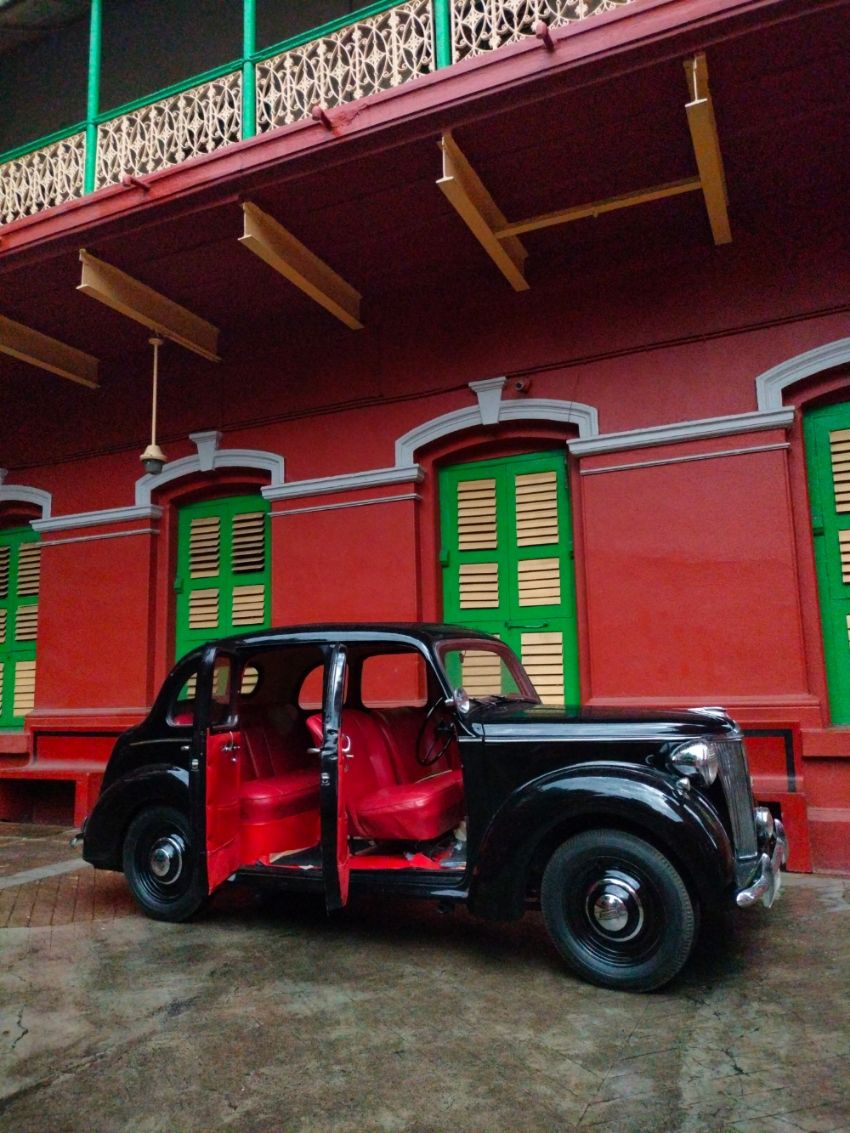
The lockdown was unkind to L60050; the valves seized, the pushrod bent out of shape, and the gearbox reverted to its rigid state. However, true class, whether in man or machine, perseveres. The challenges were eventually overcome with determination and a significant financial investment. Soon, L60050 was ready for a fresh coat of paint, along with the final electrical work, bringing the end of this incredible journey into sight.
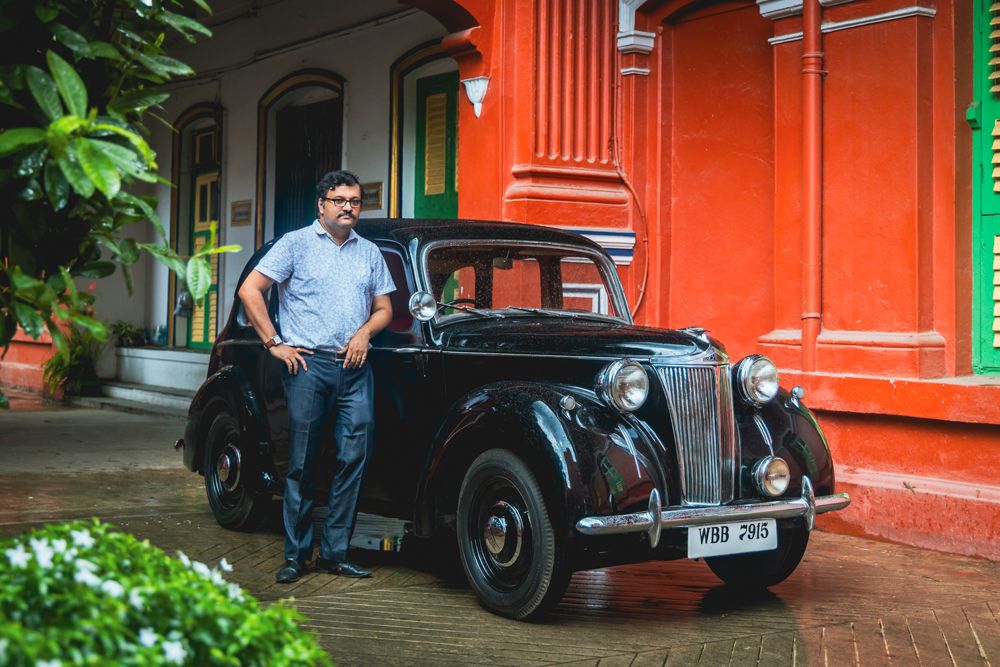
With new upholstery and shining brightwork, L60050 hit the road a few days ago. True class is timeless, and L60050, the only Lanchester in the city of Calcutta, once the second city of the British Empire, is a testament to Amitava's enduring passion.
A final word on L60050: This car is known as the LD10, a product of post-war England, weary and hungry, striving to modernize in the aftermath of World War II. The LD10 is powered by a 1.3-liter engine, producing around 40bhp. Approximately 3300 of these ‘compact Daimlers’ were manufactured between 1946 and 1951, and many considered this model to be ‘exceptionally smooth’.
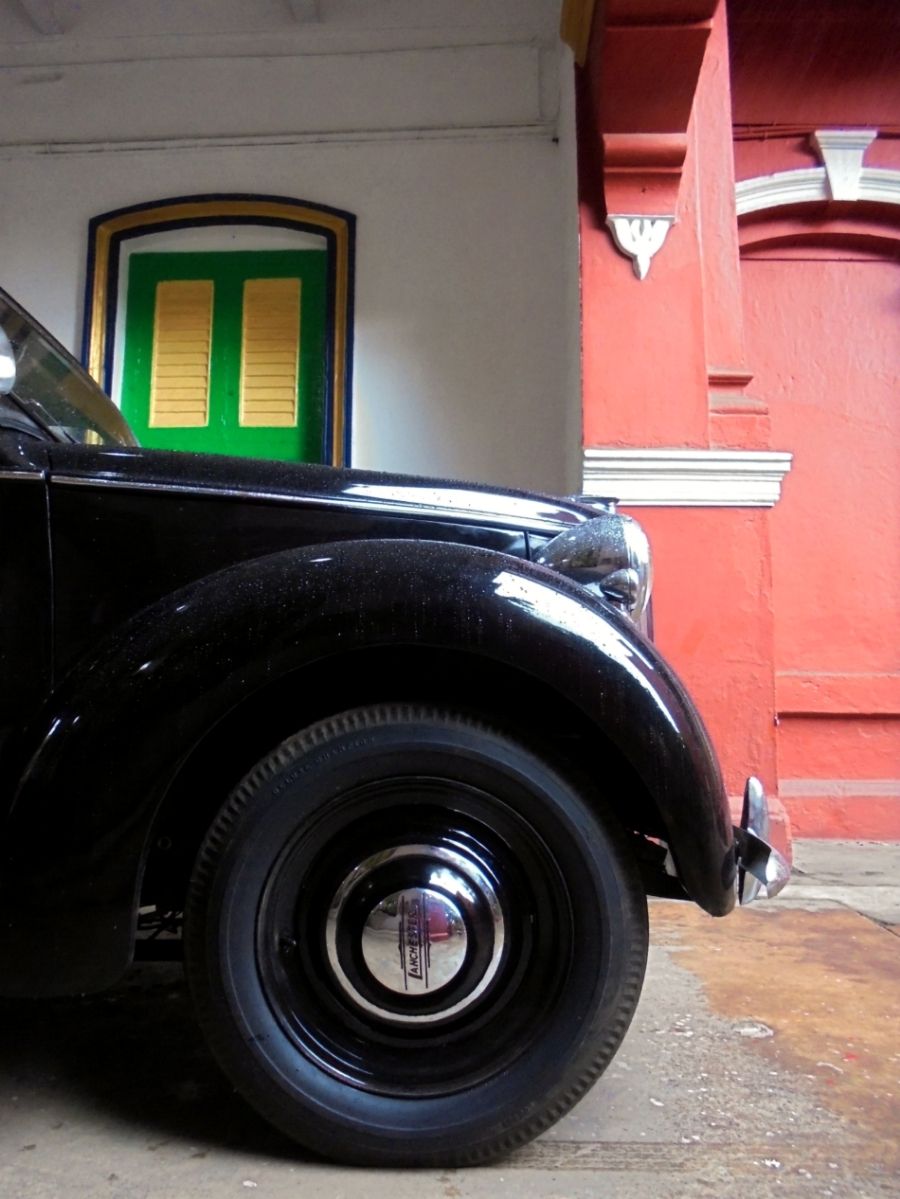
And so, the only Lanchester in the city of Calcutta, once the second city of the British Empire, takes to the road once more. This car stands as a testament to Amitava and his unwavering passion.
Comments
Sign in or become a deRivaz & Ives member to join the conversation.
Just enter your email below to get a log in link.
